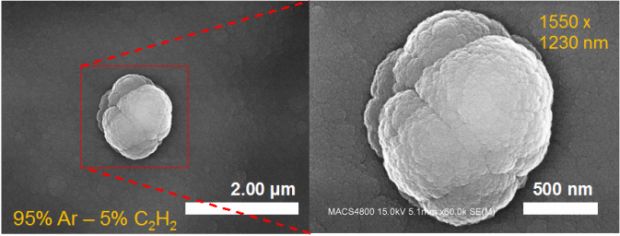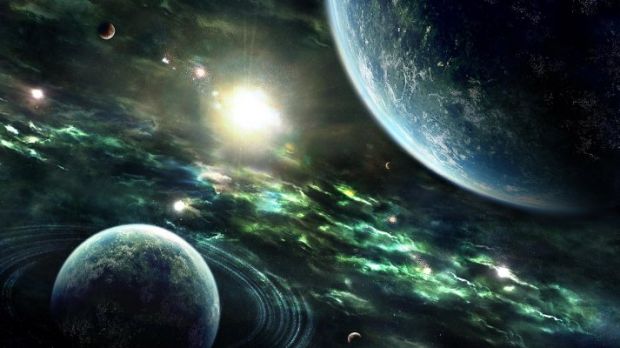A team of researchers working with NASA (the National Aeronautics and Space Administration in the United States) have recently announced the successful recreation of space dust in laboratory conditions.
On its website, NASA details that the experiment was carried by scientists at the Ames Research Center in Moffett Field, California, and that its outcome is expected to lead to a better understanding of the makeup and the evolution of the cosmos.
This is because interstellar dust has been documented to be responsible for planet formation. Hence, by recreating and studying dust grains similar to those in outer space, scientists hope to gain new insight into the inner working of the universe.
The Ames Research Center scientists, who have worked on this project, explain that, in space, dust grains come into being around dying stars. Later on, they get pushed into the interstellar medium and, in time, come to form planets.
Since getting a dying star to fit inside a laboratory can be quite a hassle, the NASA researchers have turned to a so-called Cosmic Simulation Chamber (COSmIC) to reproduce cosmic processes that lead to the formation of space dust and grow their own alien dust grains.
The Chamber packs several instruments that make it possible for scientists to not only form, but also process and monitor home-made planetary and interstellar material by recreating space conditions.
“We now can for the first time truly recreate and visualize in the laboratory the formation of carbon grains in the envelope of stars and learn about the formation, structure and size distribution of stellar dust grains,” explains researcher Cesar Contreras.
“We are able to form and detect nanoparticles on the order of 10 nm size, grains ranging from 100-500 nanometers and aggregates of grains up to 1.5 micrometers in diameter, about a tenth the width of a human hair,” adds Sciamma-O'Brien.
The researchers now wish to study the space dust that they have successfully recreated in the laboratory in further detail, and they expect that it will not be long until they can make observations concerning the types of dust grains that can be found in the proximity of stars, and planet formation.
“Today we are celebrating a major milestone in our understanding of the formation and the nature of cosmic dust grains that bears important implications in this new era of exoplanets discoveries,” project leader Farid Salama says.
“This type of new research truly pushes the frontiers of science toward new horizons, and illustrates NASA's important contribution to science,” Cesas Contreras further stresses.

 14 DAY TRIAL //
14 DAY TRIAL // 

